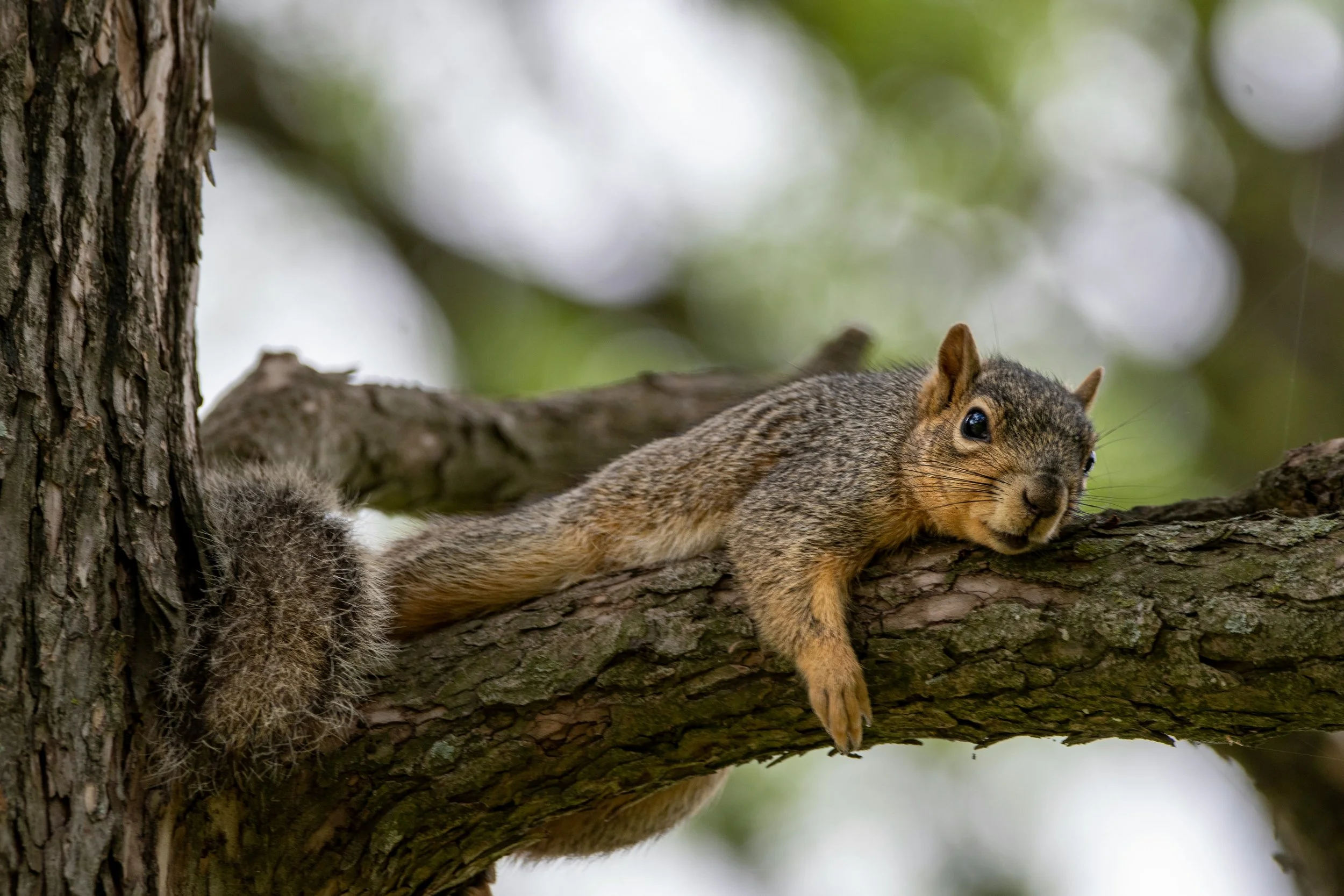Busy Tails: Discovering What Squirrels in Ontario Are Up To This Spring
Photo by Jackie Tsang on Unsplash
Springtime is a bustling season for one of Ontario's most familiar and energetic wildlife species: the squirrel. As the cold of winter fades and the warmth of spring takes hold, squirrels in Ontario are busy engaging in a variety of activities that are crucial for their survival and the continuation of their species. Let's dive into the lively world of squirrels and learn what these agile creatures are up to during the spring months.
Nest Building and Upkeep
Spring is a crucial time for squirrels to either build new nests or repair old ones. Squirrels primarily reside in nests known as dreys, which are typically made of leaves and twigs and located in the fork of branches. Some squirrels may also nest in tree cavities which offer better protection against harsh weather and predators. During spring, you might see squirrels actively gathering materials like twigs, bark, and leaves to fortify their homes, preparing for the months ahead and possibly a new litter of pups.
Foraging and Food Storage
As the ground thaws, squirrels are busy replenishing their food supplies. Spring offers a bounty of budding plants, seeds, and the return of some insects, all of which are important food sources. While squirrels do cache food in the winter, spring is a time to consume stored food and forage afresh. Observing squirrels darting about in search of food is a common sight in both rural and urban settings across Ontario.
Mating and Raising Young
Spring also signals the beginning of the mating season for squirrels, with most species typically having two mating periods: one in mid-summer and one in early spring. After a gestation period of about 38 to 46 days, female squirrels will give birth to two to eight young. The juvenile squirrels are born helpless and rely entirely on their mother for around two to three months. During this time, the mother squirrel is particularly active, seeking extra food to sustain herself and her litter.
Playful Antics
Squirrels are known for their playful behavior, which is especially visible in the spring as younger squirrels test their boundaries and learn through play. Watching squirrels chase each other across yards, up trees, and through the underbrush is not only entertaining but highlights their agility and adaptability.
Protecting Their Territory
With the arrival of spring, squirrels become more territorial as they prepare to mate and raise their young. You might witness squirrels chattering loudly or aggressively chasing away other squirrels as they protect their established territories from intruders.
Understanding the behavior of squirrels in spring helps us appreciate the complexity of these creatures and their important role in the ecosystem. It also serves as a wonderful opportunity for children and adults alike to connect with nature by observing and respecting wildlife in their natural habitats.


